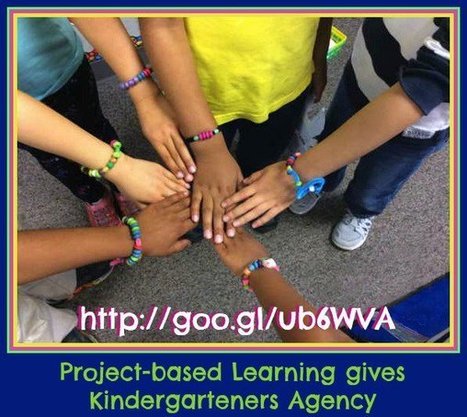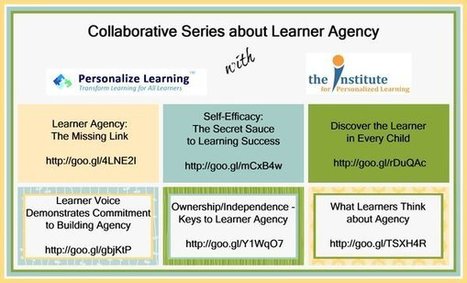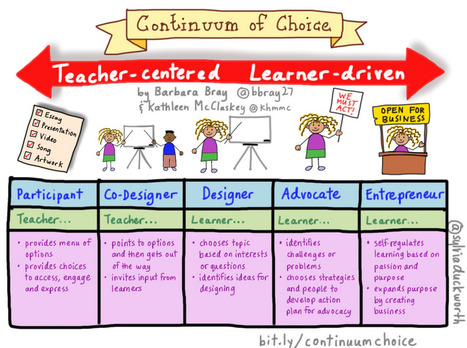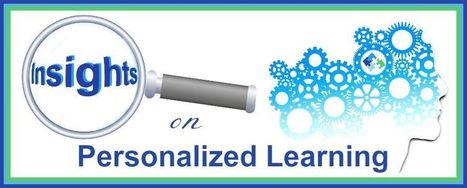Paula Ford, Kindergarten teacher in California shares how her little ones could drive the learning around a project they helped design.
Research and publish the best content.
Get Started for FREE
Sign up with Facebook Sign up with X
I don't have a Facebook or a X account
Already have an account: Login
What pathways are being designed in today's schools to personalize the learning experience?
Curated by
Kathleen McClaskey
 Your new post is loading... Your new post is loading...
 Your new post is loading... Your new post is loading...
|

Michelle Johnson's curator insight,
March 8, 2016 6:25 PM
Voice gives learners a chance to share their opinions about something they believe in. We adapted the Continuum of Voice chart we used from Students at the Center in our post Learner Voice Demonstrates Commitment to Building Agency. The learning environment changes as you encourage voice and can see learners taking more control of their learning. We call this process the Stages of Personalized Learning Environments (PLE). - See more at: http://www.personalizelearning.com/2016/01/continuum-of-voice-what-it-means-for.html#sthash.kLBn5zQT.dpuf |
















